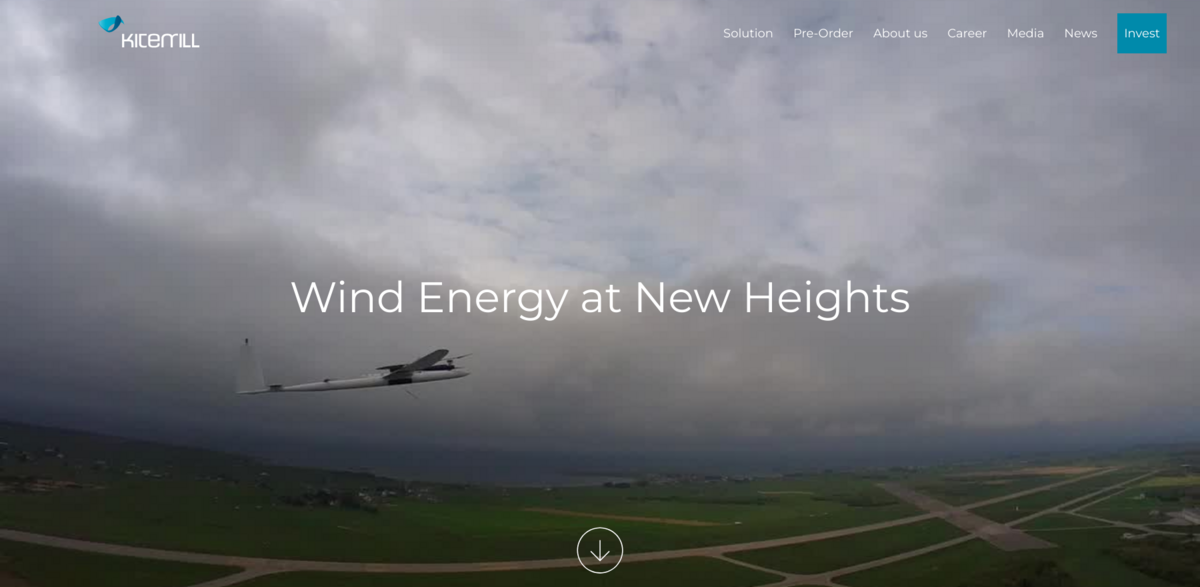What is the Kitemill Project?
Imagine harnessing wind energy way up high — above 350 meters — where the winds are stronger and more consistent than what traditional turbines can reach. That’s exactly what the Kitemill project is all about. Based in Norway since 2008, Kitemill is a world-leading company pioneering airborne wind energy technology that could totally change how wind power is used today. Instead of giant towers, their solution uses a kite connected by a tether to a ground-based generator. The kite flies in a helical pattern, pulling the tether and generating electricity. It’s a fresh, innovative take on wind energy that’s both efficient and sustainable.
Main Benefits of Kitemill’s Airborne Wind Energy
The Kitemill technology isn’t just cool — it’s packed with impressive benefits:
- Uses less than 10% of the material compared to utility-scale solar and conventional wind turbines for the same energy output
- Delivers stable energy output thanks to a high capacity factor
- Unlocks more potential wind sites by harvesting wind at high altitudes
- Offers increased energy density compared to conventional wind turbines
- Minimal interference with surrounding environments during construction and operation
- Lower investment tied up to the site and can be relocated during its lifespan
- Almost invisible from the ground — no giant towers blocking the view
How Does the Kitemill Solution Work?
At its core, Kitemill’s solution captures wind power using three main components: the kite, the tether, and the ground station. The kite is a specially designed aircraft made from composite materials, built tough to handle high-power winds. It looks like a sailplane and has four propellers, but only uses them for takeoff and landing. Once airborne, it glides effortlessly on air currents, moving quickly while pulling the tether with high force.
The Role of the Tether
The tether is the lifeline between the kite and the ground station. Made from braided polyethylene fibers, it’s chosen for its incredible endurance and low diameter — crucial for efficient energy extraction. This durable tether withstands moisture, UV light, and other environmental challenges, ensuring reliable operation no matter the weather.
The Ground Station and Control System
The ground station is where the magic happens — it converts the kite’s pull into electricity that feeds directly into the power grid. A winch reels the kite in and out, connected to a generator. The control system, also housed here, keeps everything running smoothly and safely. It uses sensor data from the kite to steer and balance the aircraft, enabling fully autonomous operation and optimal energy production. So, the whole system pretty much runs itself, adjusting to wind conditions and weather without human intervention.
Impact on Sustainable Development Goals (SDGs)
- Affordable and Clean Energy (SDG 7)
- Industry, Innovation, and Infrastructure (SDG 9)
- Climate Action (SDG 13)
- Life on Land (SDG 15) — due to minimal environmental interference
- Responsible Consumption and Production (SDG 12) — thanks to reduced material usage
Energy Production Cycle Explained
The energy production process is pretty fascinating. During the production phase, which takes up about 90% of the operational time, the kite flies in a helical pattern downwind, pulling the tether and generating power. The tether is released at roughly one-third of the wind speed, allowing the kite to glide in a spiral, maximizing contact with the wind. When the tether reaches its max length, the kite switches to the return phase — about 10% of the time — where it’s reeled back in quickly to start the next production cycle. This quick return limits energy use and boosts overall efficiency. Plus, the system’s smart control ensures the kite always finds the best altitude and wind speed, and safely lands if conditions get rough. Pretty neat, right?





















